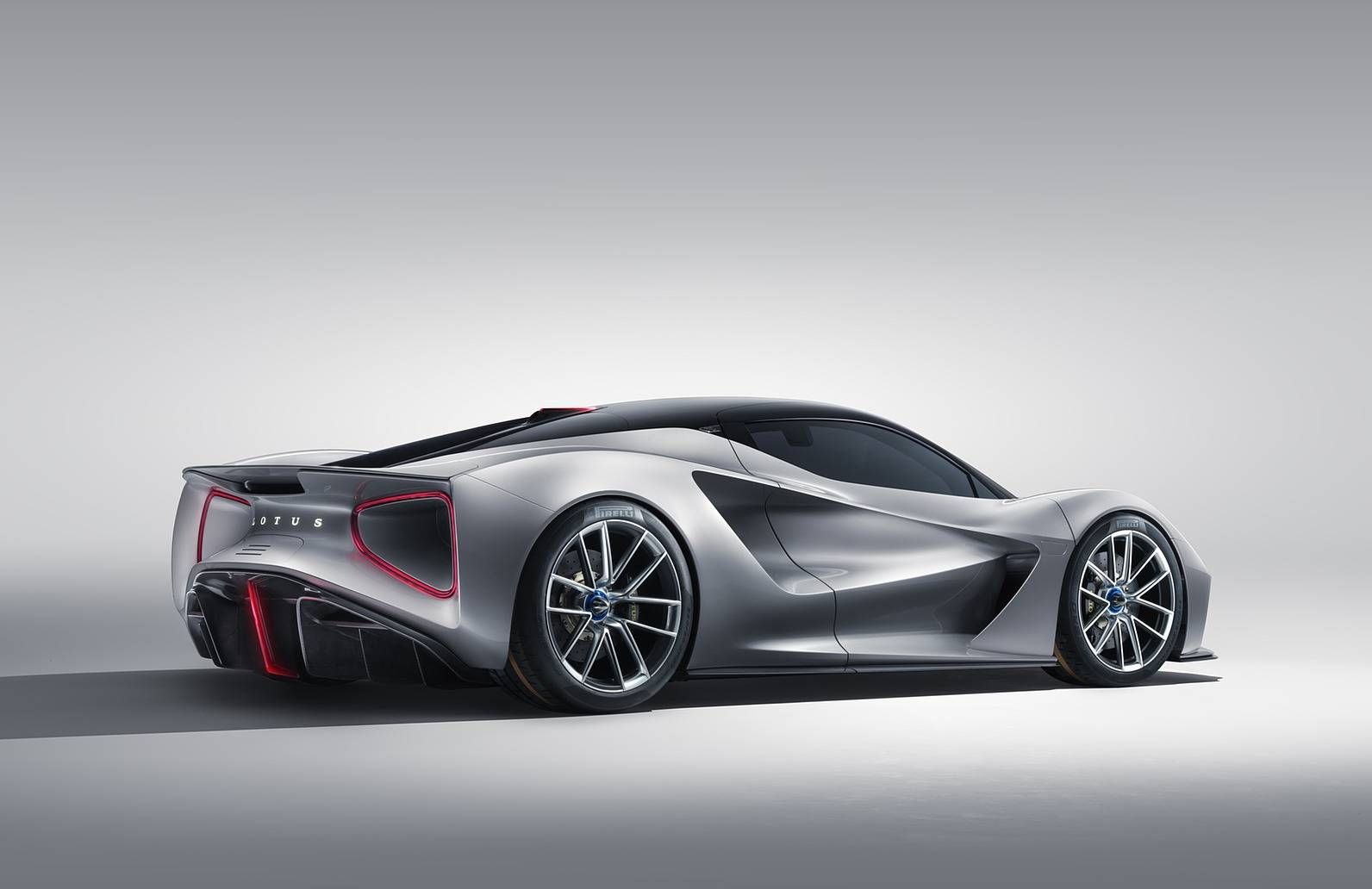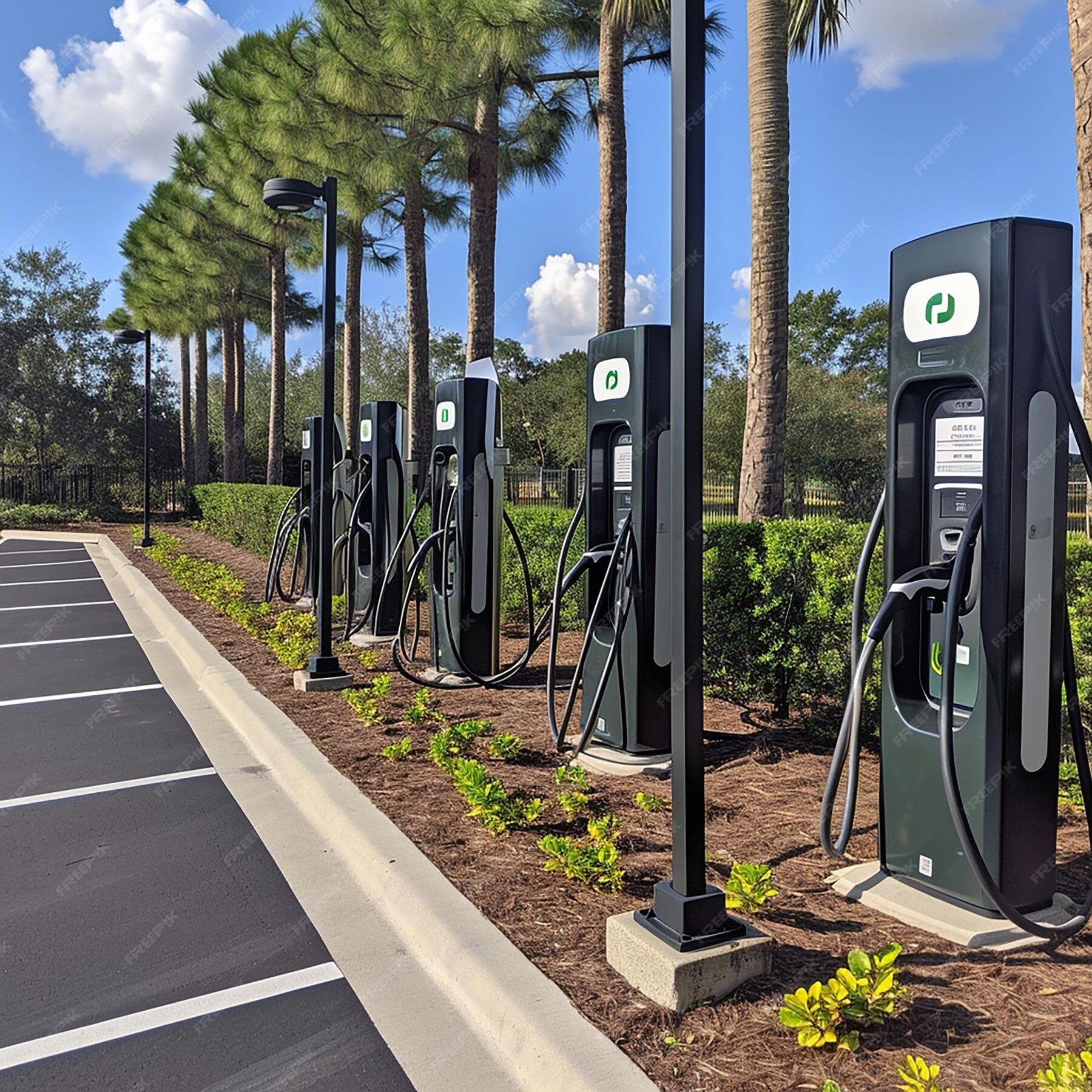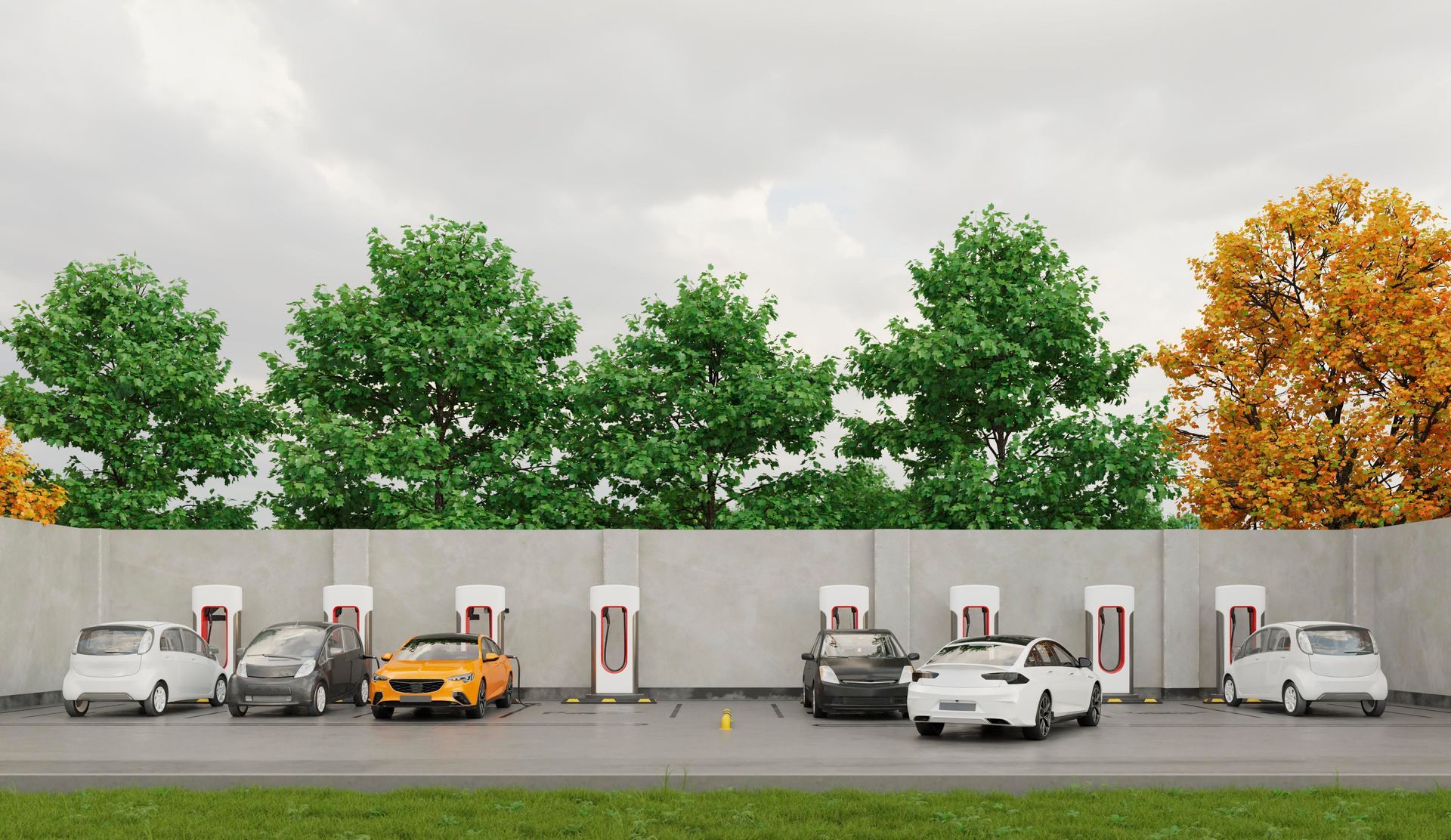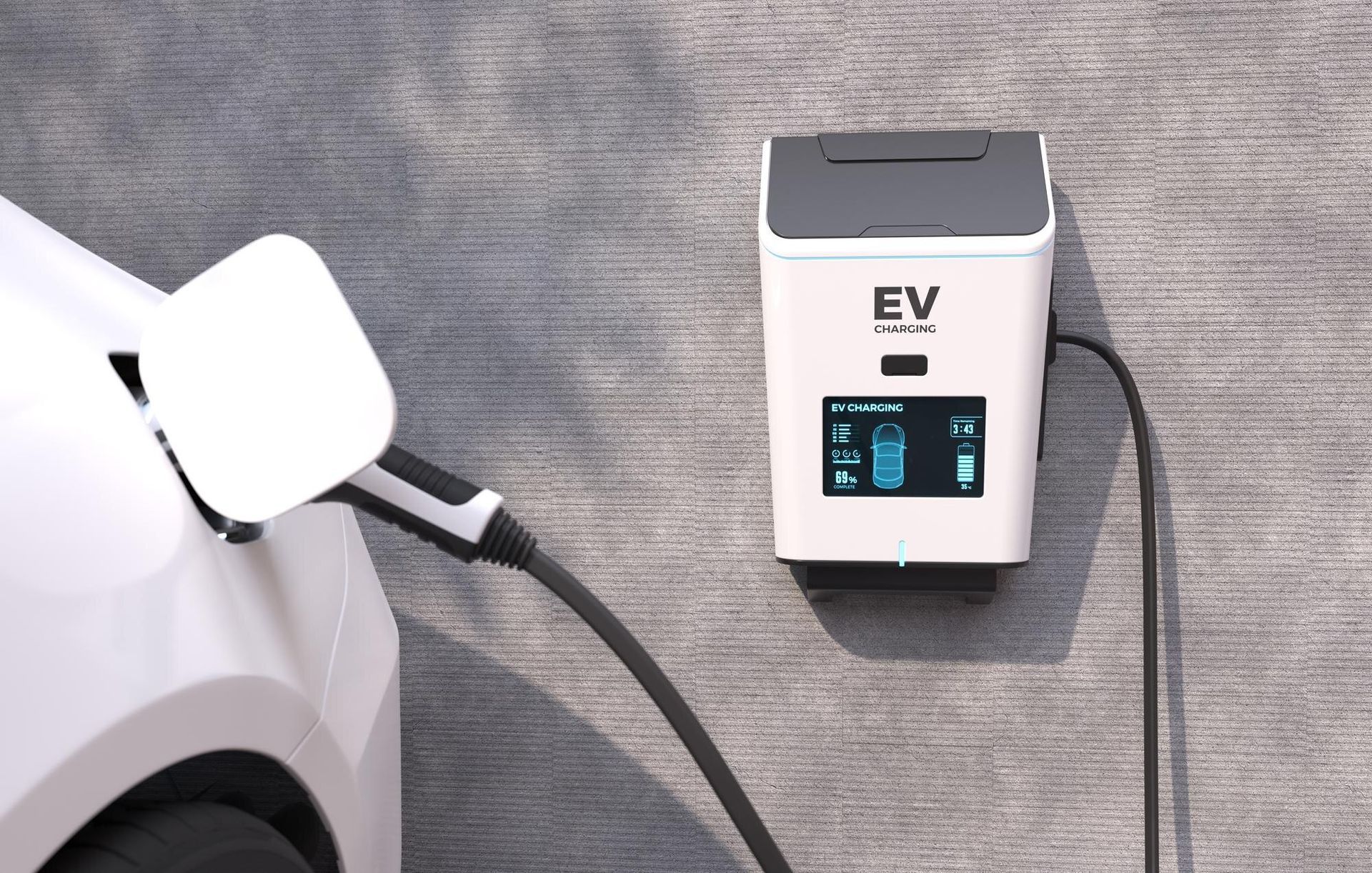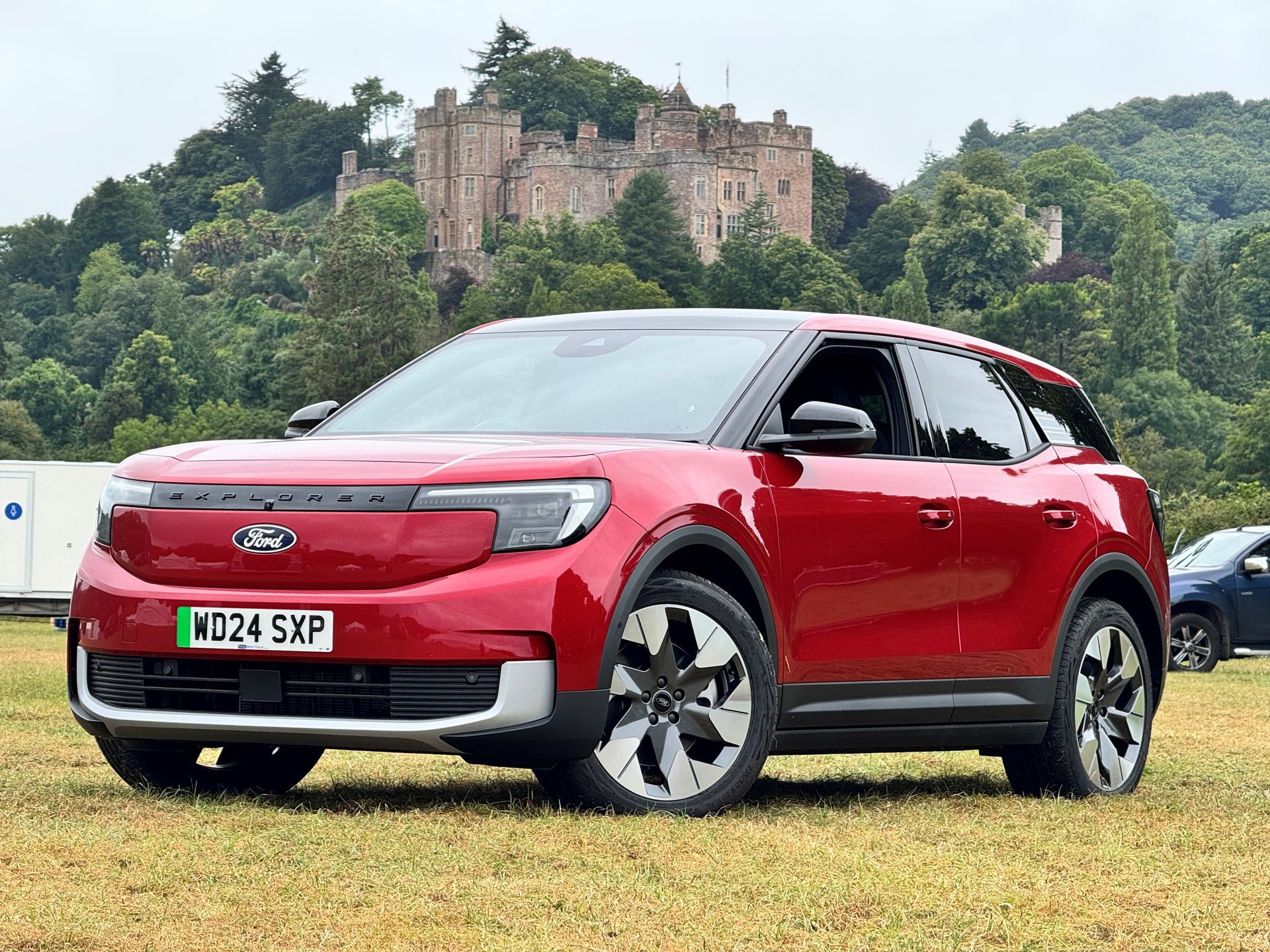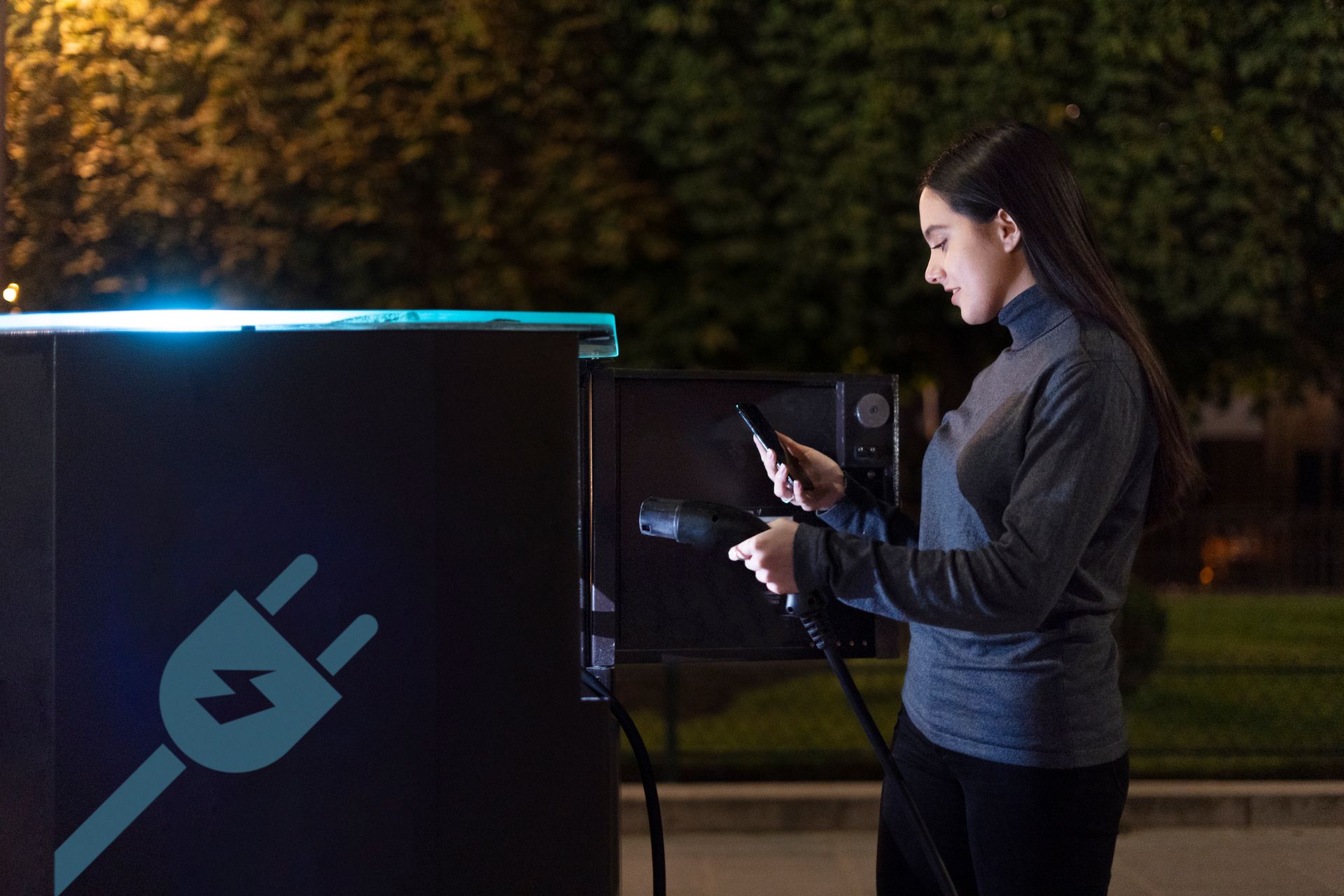The Evolution of EV Battery Technology
Powering the Future: How Advancements in EV Battery Technology are Transforming Transportation and Sustainability
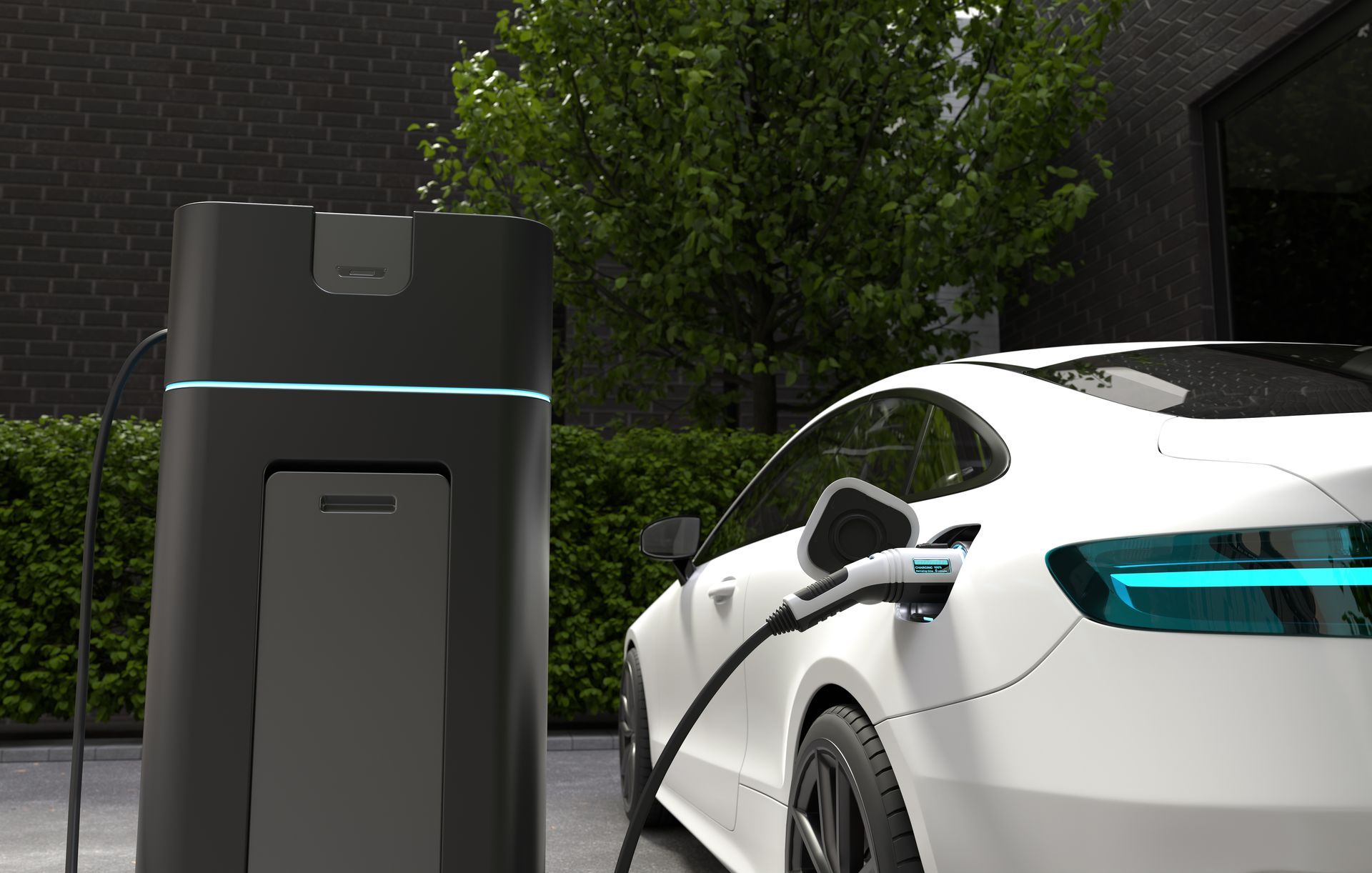
The Evolution of EV Battery Technology
The evolution of EV battery technology is reshaping the landscape of electric vehicles, offering immense opportunities for entrepreneurs and innovators alike. At the core of this revolution are advancements in battery design and efficiency, which directly impact the range, cost, and sustainability of EVs. As you explore the world of electric vehicles, you'll find that solid-state batteries and lithium-ion batteries are paving the way for more efficient and sustainable transportation. This is an exciting time for those involved in the automotive industry, as battery recycling initiatives promise to enhance the eco-friendliness of electric vehicles further. As we delve into these developments, you'll gain insights into how these technological breakthroughs can inspire you to lead the charge in the future of sustainable transportation.
Solid-State Batteries: The Future of EVs:
Higher Energy Density Explained
Solid-state batteries stand out due to their higher energy density compared to lithium-ion batteries. This means they can store more energy within the same volume, potentially doubling the range of electric vehicles without adding weight. This increase in energy density is achieved by replacing the liquid electrolyte found in traditional batteries with a solid one. The solid electrolyte allows for a denser packing of the battery’s components, thus enhancing the overall capacity. For electric vehicle manufacturers and enthusiasts, this translates into lighter battery packs and longer driving ranges. Additionally, the improved energy efficiency contributes to reduced energy consumption, making EVs more sustainable. As the technology matures, the adoption of solid-state batteries is expected to make electric vehicles more attractive to the mass market. This advancement is not only a technological feat but also a stepping stone towards a more sustainable and efficient transportation future.
Faster Charging Innovations
Solid-state batteries offer a promising solution to one of the most pressing concerns of electric vehicle owners: charging time. By using a solid electrolyte, these batteries facilitate faster ion movement, which can significantly shorten charging periods. Instead of the typical 30-minute fast charge that lithium-ion batteries require to reach 80% capacity, solid-state batteries could potentially reduce this time to under 10 minutes. This rapid charging capability is not just a convenience but a potential game-changer for the electric vehicle industry, making EVs more comparable to traditional gasoline vehicles in terms of refueling times. For consumers and businesses alike, faster charging can translate to increased efficiency and reduced downtime. This innovation, therefore, plays a crucial role in making electric vehicles more appealing to a broader audience, further accelerating the shift towards sustainable transportation and reducing our reliance on fossil fuels.
Safety and Longevity Benefits
Solid-state batteries offer significant safety and longevity benefits over traditional lithium-ion batteries. One of the primary safety concerns with lithium-ion technology is the risk of overheating and fires, especially during fast charging or in extreme conditions. Solid-state batteries mitigate this risk due to their solid electrolytes, which are less prone to thermal runaway reactions. This makes them inherently safer and more reliable for electric vehicles.
Additionally, solid-state batteries exhibit a longer lifespan. They are less susceptible to degradation from repeated charging cycles, which means electric vehicles can maintain their range and performance over a more extended period. This durability reduces the frequency of battery replacements, lowering long-term ownership costs and environmental impact. Consequently, these benefits make solid-state batteries an attractive option for both manufacturers and consumers, aligning with the broader goals of sustainable transportation and reducing vehicle maintenance expenses.
Find out more below:
https://www.voltsmonster.com/



